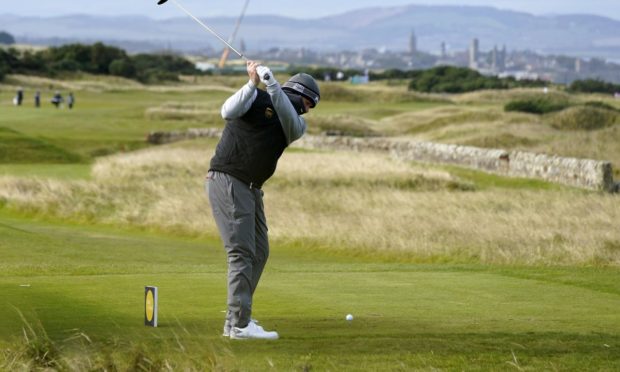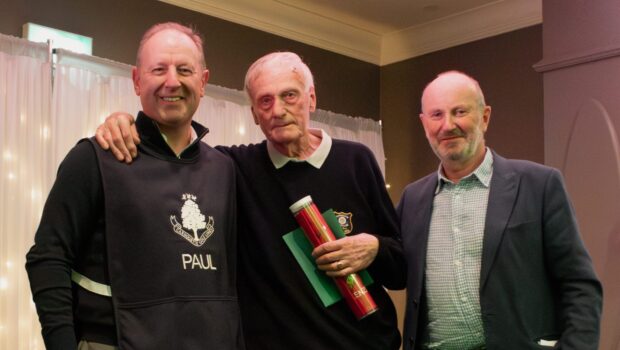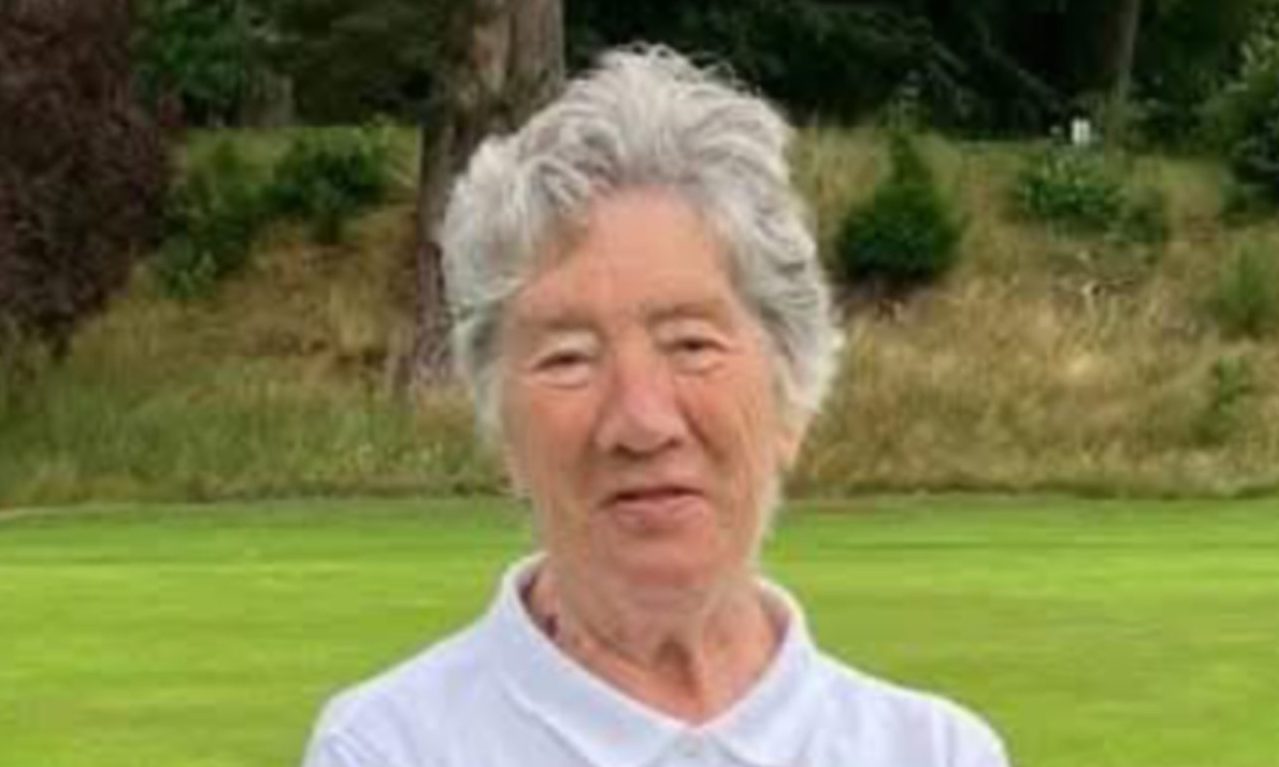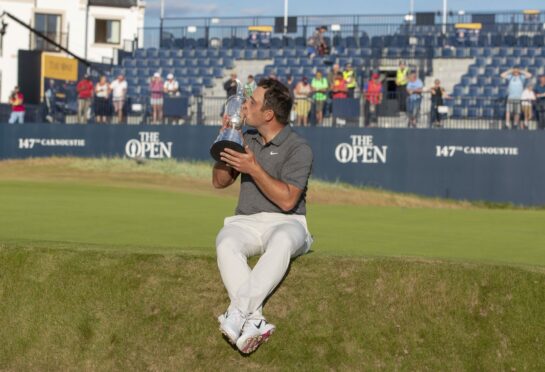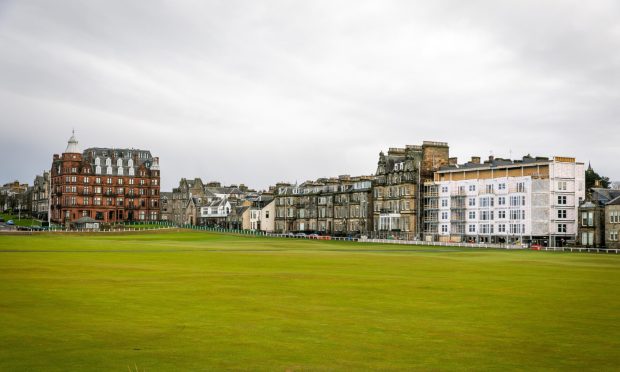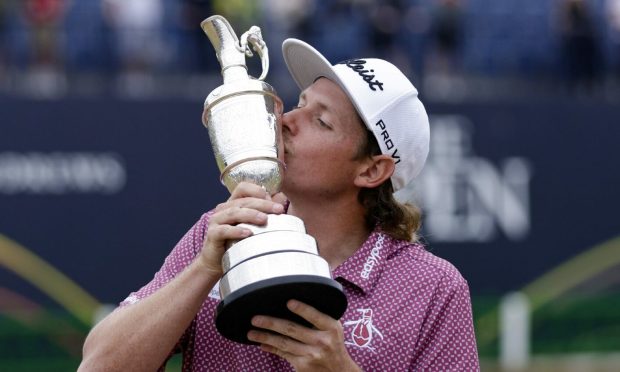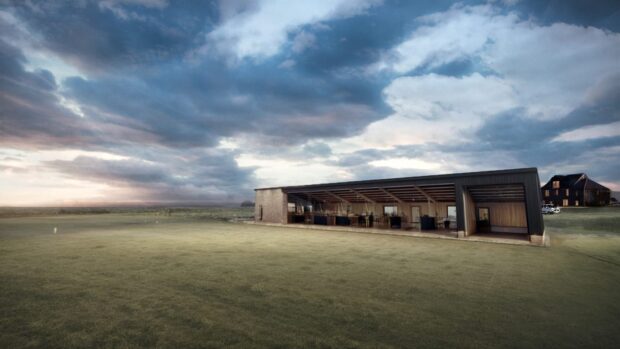When Spain’s Adrian Otaegui holed an eight foot putt on the final hole of Fairmont St Andrews, the post-coronavirus lockdown UK Swing was finally completed.
In the tour’s original schedule set in profoundly less complicated times, there were to be five events on the European Tour to be held in these isles in 2020: the Scottish Open, the Irish Open, the British Masters, the BMW PGA and the Dunhill Links.
This weekend’s Scottish Championship was the tenth European Tour event to be held in the UK in a touch over three months. From straining for over a decade to get more than one event played annually in England to considerable sponsor apathy, the Tour this year managed to put on six.
Ten events in three months set up with about 60 days’ notice is amazing in itself. Given what else had to be done to get the tournaments played – a rigorous virus testing regime (that resulted in just two positives in nearly 12,000 tests), designated “bubble” hotels, the considerable discipline of the membership in adhering to the protocols – the two UK Swings have to be considered a minor triumph.
Lee Westwood, the most visible top player to regularly compete in the UK swings, wondered aloud last week what might have happened if the rest of the country had been quite as on-message and disciplined as the European Tour and its members. We’d probably be New Zealand.
More probing questions about what the swings mean for the European Tour golf as a whole have been largely dismissed when asked, and not unreasonably.
Yes, the players say, it’s not ideal, but we’re just so lucky to be playing, the tour have done an incredible job, Dr Andrew Murray’s health regime is strict but you feel completely safe, and in the evenings they’ve been Netflixing and XBoxing away the inevitable boredom.
And they’re right. But such answers are always couched in the expectation that this is a temporary thing, and next year – okay maybe the second half of next year – the tour will get back to what it was.
But what if it doesn’t?
The “return to normality” deadline has been moved back as regularly as the R&A’s “line in the sand” against distance control. This is outwith the Tour’s control, quite obviously. Until the world gets a hold of the virus, which doesn’t seem to be anytime soon, the testing and the bubble are going to stay.
The US system has been noticeably more lax than in Europe, but it’s not really feasible to relax the European Tour’s health regime, either. The question of the many international borders in play – the European Tour has a vastly more cosmopolitan playing group than the PGA Tour, and almost all the non-Americans are US residents – means it has to be this way.
And even if everything comes up roses and lollipops and the virus dissipates, the financial realities of the pandemic come into play, and that means we’re likely to stick with pretty much what we have.
Retaining these geographic “swings” make sense if the tour wants to put on large numbers of events with ease of access. Lower prizefunds are inevitable anyway, and crowds? If the last three months are anything to go by, they may be a little too much bother.
So long as Sky are there and relaying the pictures (and paying a handsome price for it) then having a live audience for only the bigger Rolex Series events like the Scottish, Irish, Wentworth and the finale in Dubai seems to be sufficient.
What does the European Tour become in such a scenario? Rolex have been “incredibly loyal and supportive”, say the Tour, indicating that we may get back to seven or eight $7 million events next year instead of the four saved this year – Ireland, Italy, South Africa and Turkey all were either downgraded or cancelled.
But these will be the only ones that the star names will focus on, and if it becomes easier to just stay in the States, the ties of loyalty to their home tour become all the more strained, and even big-paying events may fail to entice players across the Atlantic.
There’s a trickle-down effect as well. Many of the fields for the UK Swing events have been filled out with players who didn’t have cards, and very few were the full field of 156. The very presence of multiple events in the UK will surely have a massively detrimental effect on the second and third division, the Challenge and EuroPro Tours.
This means fewer playing opportunities for up and coming UK players. The Alps Tour, Europe’s third division, has got up and running again but the EuroPro Tour was cancelled wholescale, provoking Paul Lawrie to launch his Tartan Pro Tour in Scotland to fill the gap.
It’s been an excellent move by the former Open Champion, but still the idea touted by some that we might end up losing a whole generation of young pros doesn’t sound quite the ultra-pessimistic vision it did even at the start of the pandemic.
Yes, the Tour has done heroically to get 10 events played in the midst of a pandemic with no serious ill-effects.
But the reward might be, but for a handful of exceptions, effectively minor league status.
